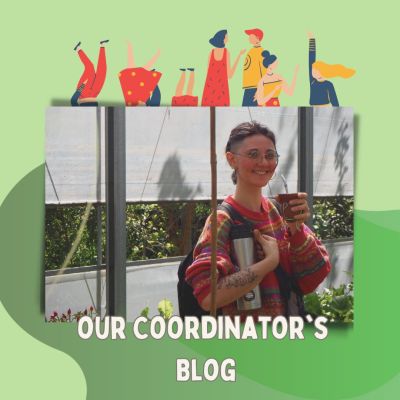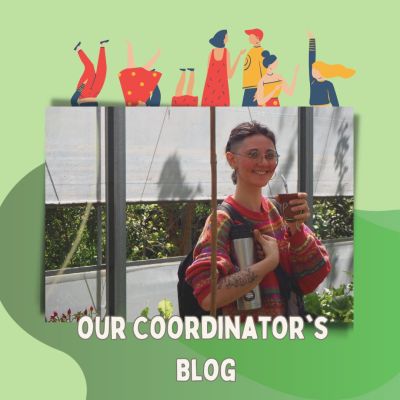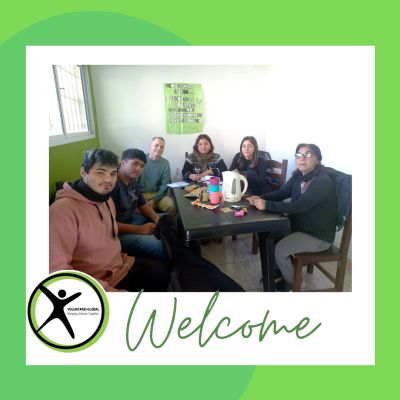The Barrio of La Boca is famous for its rich and vibrant atmosphere engenderedfromthe strong influence of art, football and the many tango dancers cascaded throughout the streets. The contrast between the color-filled streets and the real La Boca and its current struggles are far from how the barrio is perceived.
La Boca’s name translates to “The Mouth” as the barrio is situated at the mouth of the river that runs along the capital federal´s southern border: the Riachuelo. The Barrio was once thriving and by the turn of the nineteenth century was the second most populated area in Buenos Aires, due to residing on the city’s main port and the neighborhood where new immigrants established themselves when they first arrived in the city.
Today La Boca is considered a rough, working class and downbeat neighborhood. The Riachuelo caused many floods that left a mark in the life of the La Boca neighborhood and it also made the buildings of the area adjust to it. In result of the floods the barrios economy declined after the construction of the Puerto Madero, the shipping industry shaping northward and residents moving further inland.
The social problems of La Boca are different to other underprivileged neighborhoods of Buenos Aires, but are more present and less exposed. Unemployment rates in the area were recorded at a high rate of 10.5% last recorded in 2017, due to the current industry crisis in the region.
The barrio is located in one of the poorest regions in Buenos Aires with 38.4% of residents financially restricted to the overcrowded and understaffed public health system. The contamination and floods of Riachuelo River has not only affected infrastructure and housing but also the health of locals, who continue to use the water for personal use despite the high levels of lead detected.





